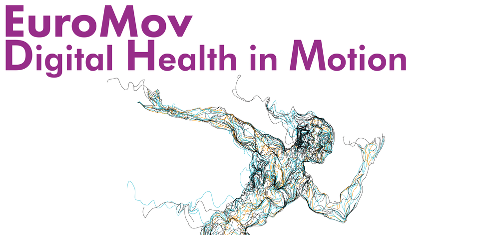Post-polio syndrome is not a dysimmune condition
Résumé
bacKGround: poliomyelitis is a global disabling disease affecting 12-20 million of people. post poliomyelitis syndrome (pps) may affect up
to 80% of polio survivors: increased muscle weakness, pain, fatigue, functional decline. it relies on aging of an impaired neuro-muscular system
with ongoing denervation processes. A late involvement of humoral or cellular pro-inflammatory phenomena is also suspected.
aiM: to assess the dysimmune hypothesis of pps by comparing lymphocyte subpopulations and humoral immune factors between pps patients
and controls.
dEsiGn: cross-sectional study.
sEttinG: Montpellier university hospital.
population: forty-seven pps and 27 healthy controls.
METHODS: PPS patients and controls were compared on their lymphocyte subpopulations and humoral immune factors (IL-1β, IL-6, IL-8,
IL-17, IL-21, IL-22, IL-23, IFN-γ, TNF-α, GM-CSF, RANTES, MCP1, MIP-3a, IL-10, TGF-β, IL4, IL13). Patients were further compared ac-
cording to their dominant clinical symptoms. sample size guaranteed a power >90% for all comparisons.
rEsults: pps patients and controls were comparable in gender, age and corpulence. Most patients had lower limb motor sequelae (n.=45,
95.7%), a minority had upper limb motor impairment (N.=16, 34.0%). Forty-five were able to walk (94%), 35/45 with technical aids. The median
of the two-minute walking test was 110 meters (interquartile range 55; 132). Eighteen (38%) required help in their daily life. their quality of life
was low (sf36). all described an increased muscular weakness, 40 (85%) a general fatigue, and 39 (83%) muscular or joint pain. blood count,
serum electrolytes, t and b lymphocyte subpopulations and cytokines were comparable between patients and controls, except for creatine phos-
pho kinase that was significantly higher in PPS patients. None of these variables differed between the 20/47 patients whose late main symptoms
were pain or fatigue, and other patients.
conclusions: our results suggest that pps is not a dysimmune disease.
clinical rEhabilitation iMpact: our results do not sustain immunotherapy for pps. our work suggest that pps may be mostly linked
to physiological age-related phenomena in a disabled neuromuscular condition. thus, our results emphasize the role of prevention and elimina-
tion of aggravating factors to avoid late functional worsening, and the importance of rehabilitation programs that should be adapted to patients’
specific conditions.
Domaines
Réhabilitation| Origine | Fichiers éditeurs autorisés sur une archive ouverte |
|---|---|
| licence |




